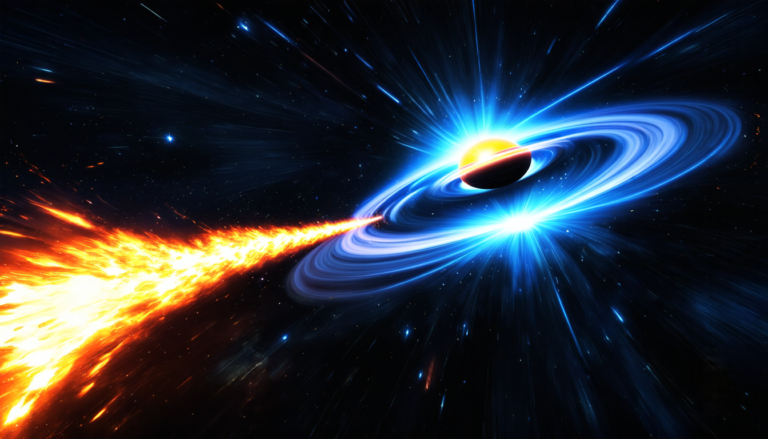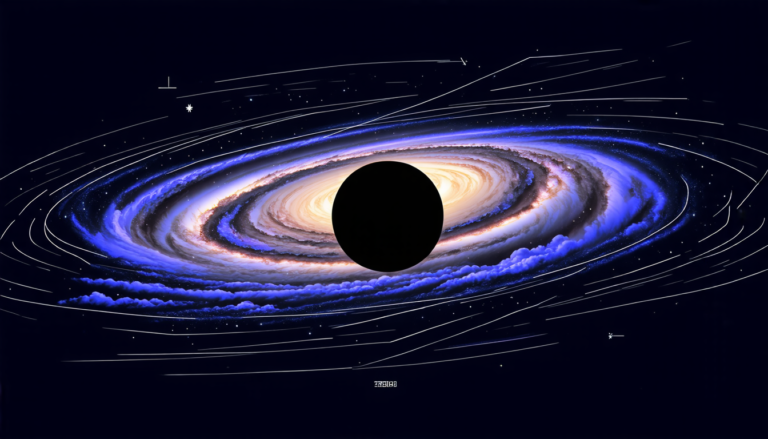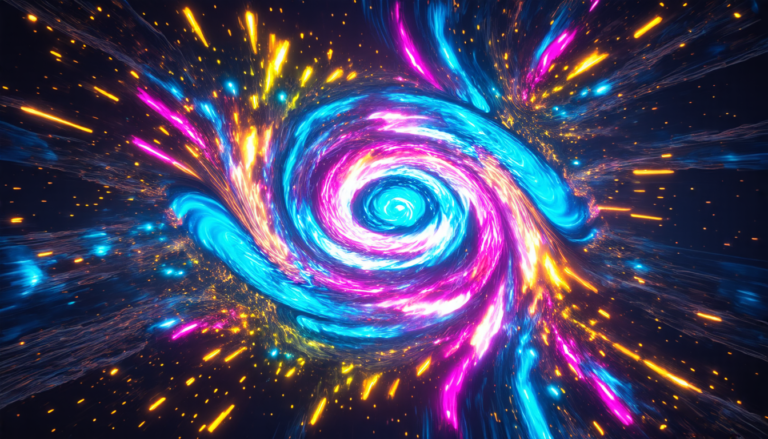Wednesday 16 April 2025
Detecting the elusive antideuteron could be a game-changer in our understanding of dark matter. These rare particles are thought to be produced when dark matter particles interact with normal matter, and their detection would provide strong evidence for the existence of dark matter.
But detecting antideuterons is no easy feat. They’re extremely rare, making up only about one part per billion of the cosmic rays that bombard our planet. And they’re also incredibly difficult to distinguish from other particles, such as protons or heavier isotopes of hydrogen.
That’s why a team of scientists has been developing a new method for identifying antideuterons using data collected by the Alpha Magnetic Spectrometer (AMS) on board the International Space Station. The AMS is designed to detect charged particles, including cosmic rays and antimatter, and its detectors are capable of measuring the velocity, charge, and mass of these particles.
The team used a machine learning algorithm called a multilayer perceptron (MLP) to analyze the data collected by the AMS. They trained the MLP on simulated data that mimicked the properties of antideuterons and background particles, then applied it to real data from the AMS.
The results were promising: the MLP was able to accurately identify antideuterons and reject background particles with a high degree of confidence. This could potentially allow scientists to detect antideuterons in future experiments, which would be a major breakthrough in our understanding of dark matter.
But what does it mean if we’re able to detect antideuterons? Well, for one thing, it would provide strong evidence that dark matter exists and is interacting with normal matter. It could also help scientists understand how dark matter particles interact with each other and with normal matter, which could shed light on the nature of dark matter itself.
Of course, detecting antideuterons is just the first step. If we’re able to confirm their existence, we’ll need to study them in more detail to learn more about their properties and behavior. This could involve building new detectors or experiments specifically designed to detect antideuterons, as well as analyzing data from other experiments that may have already detected these particles.
Despite the challenges involved, scientists are optimistic about the potential for detecting antideuterons. With the development of new technologies and techniques, it’s possible that we’ll be able to make this detection in the near future – and when we do, it could revolutionize our understanding of the universe.
Cite this article: “Unlocking the Secrets of Cosmic Rays: A Breakthrough in Identifying Antimatter Particles”, The Science Archive, 2025.
Antideuterons, Dark Matter, Cosmic Rays, Antimatter, Machine Learning, Alpha Magnetic Spectrometer, International Space Station, Multilayer Perceptron, Particle Detection, Astronomy







